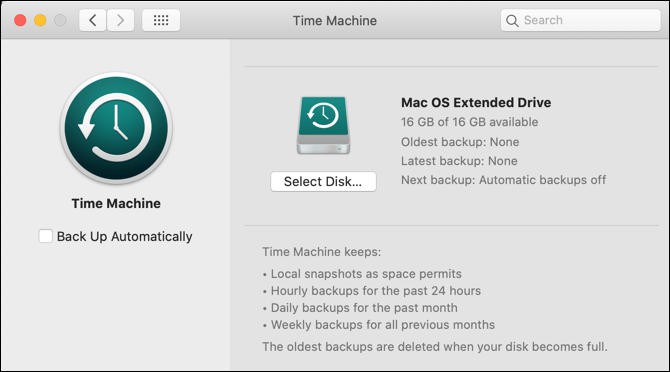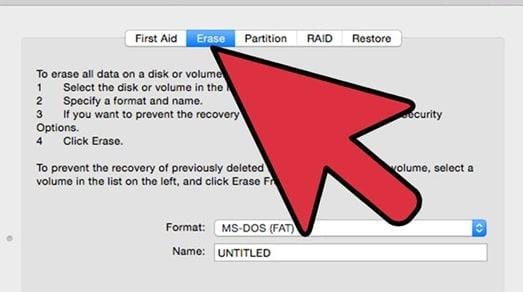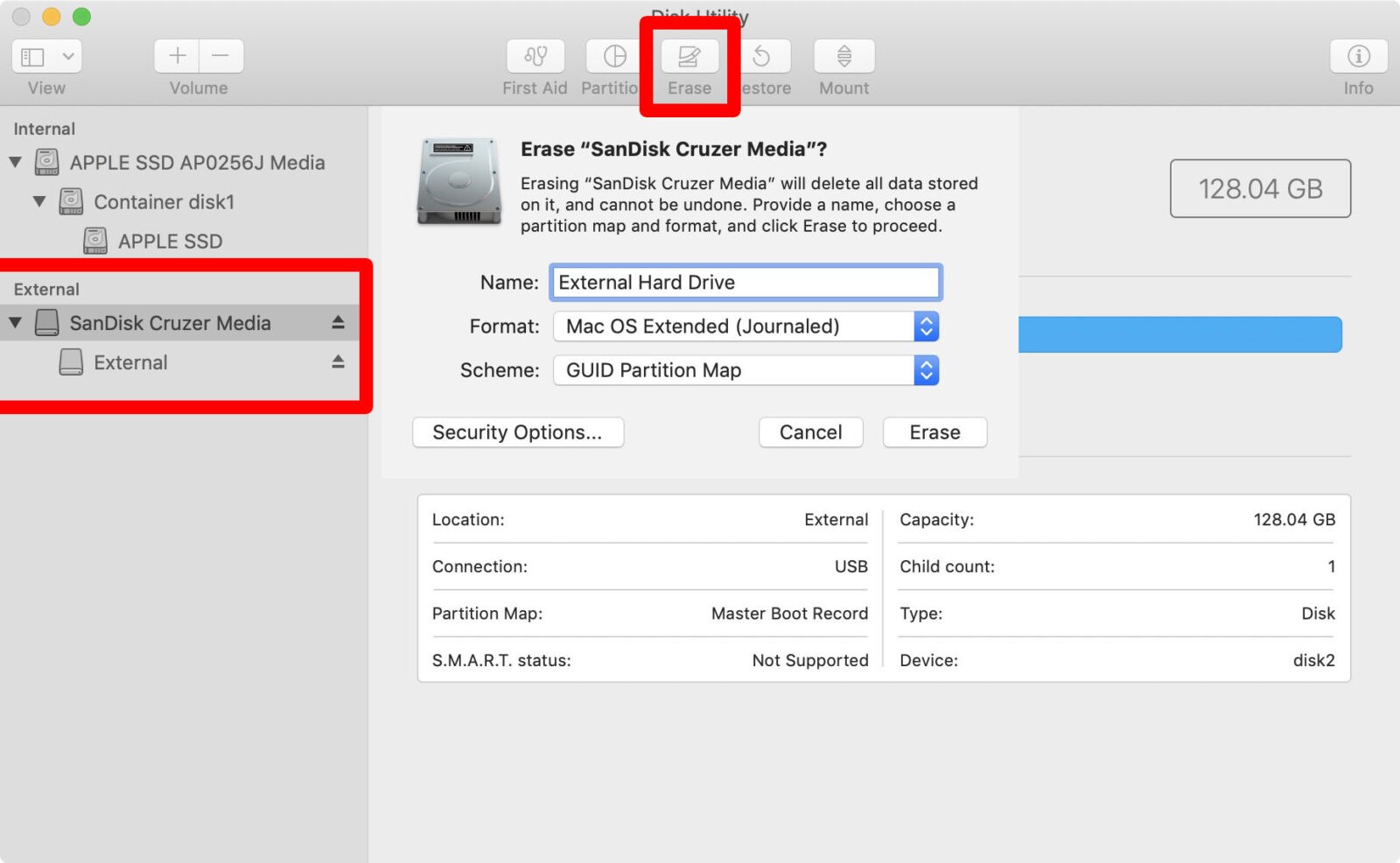
- #What is an extended format external hard drive mac Pc#
- #What is an extended format external hard drive mac mac#
- #What is an extended format external hard drive mac windows#
Change the Partition Layout from Current to 1 Partition.Ĭhirag Arora | Published: T08:12:27+00:00 | Recovery| Select the external hard drive on the left-hand side. Click Go on the top tool bar, and select Utilities. Connect the external hard drive to the computer.
#What is an extended format external hard drive mac windows#
This article explains about file systems and provides instruction to format a drive on Windows and Mac. But in order for the computer and drive to communicate with one another, the drive has to be formatted with the correct file system.
#What is an extended format external hard drive mac Pc#
A drive can be used on any type of computer - PC or Mac. Journaled is basically an extension feature to the format that ensures files are fully written to the drive in a location called the Journal before they are committed as stored data, which helps guarantee file integrity if there is an interruption such as a power loss, drive failure, etc.Įncrypted, as the name suggests, will make sure your drive and its contents are encrypted.Locate the drive name from the left hand side of Disk Utility and click on it Click on the 'Erase' tab across the top Next to 'Format:' click the contextual menu and select 'Mac OS Extended (Journaled)' Name the drive if you want, the name can be changed at any point.

OS X Extended is Mac’s native drive format. Note that ExFAT is only compatible with versions of Windows later than Vista. ExFAT is basically an extension of FAT that allows for larger file sizes to be written and more. ExFATĮxFAT is for those of you who are finding it hard to use FAT with all the limits, especially the large file transfer issue. Most drives are formatted in MS – DOS (FAT) out of the box. But apart from that, this will be the format you’ll want to use if you want a drive with cross-compatibility for quick transfers, or temporary storage.

One of the major limitations of this format is that it’s not able to write files larger than 4GB, which can be quite a setback. MS-DOS (FAT) is the most popular format amongst external hard disks, as it’s both readable and writable by nearly all operating systems, Windows and OS X included. With Disk Utility, you have 3 main formats that you can erase your disk to. Once done, press Enter, and your disk should be erased and formatted completely. For example, I’d use “disk2s2” if I wanted to erase Untitled only in the example below:

Use eraseDisk to erase the entire external disk, or eraseVolume if you just want to erase a particular partition. Once you have everything selected, simply click on Erase, and you’ll have a newly formatted disk. Once you click on it, you’ll have the option to rename the disk, select the format you want for the disk (more on that later), and select the disk scheme.ĥ. You’ll see the option to “Erase” the disk at the center – top of the window.Ĥ. Select the disk you want to format from the left-side pane.ģ.

You can either do this by searching for it from Spotlight or by navigating to “Applications -> Utilities” and opening Disk Utility.Ģ. To format a disk using Apple’s Disk Utility, simply follow the steps below.ġ. Formatting a Disk Using Disk Utilityįormatting a disk using Apple’s Disk Utility is the easiest and most straight-forward method of the two. We’ll be detailing both of these methods below. You can format a drive in OS X using two applications: Disk Utility and Terminal
#What is an extended format external hard drive mac mac#
Formatting an external drive on your Mac is quite easy, though it isn’t as evident and obvious as it is on a PC.


 0 kommentar(er)
0 kommentar(er)
